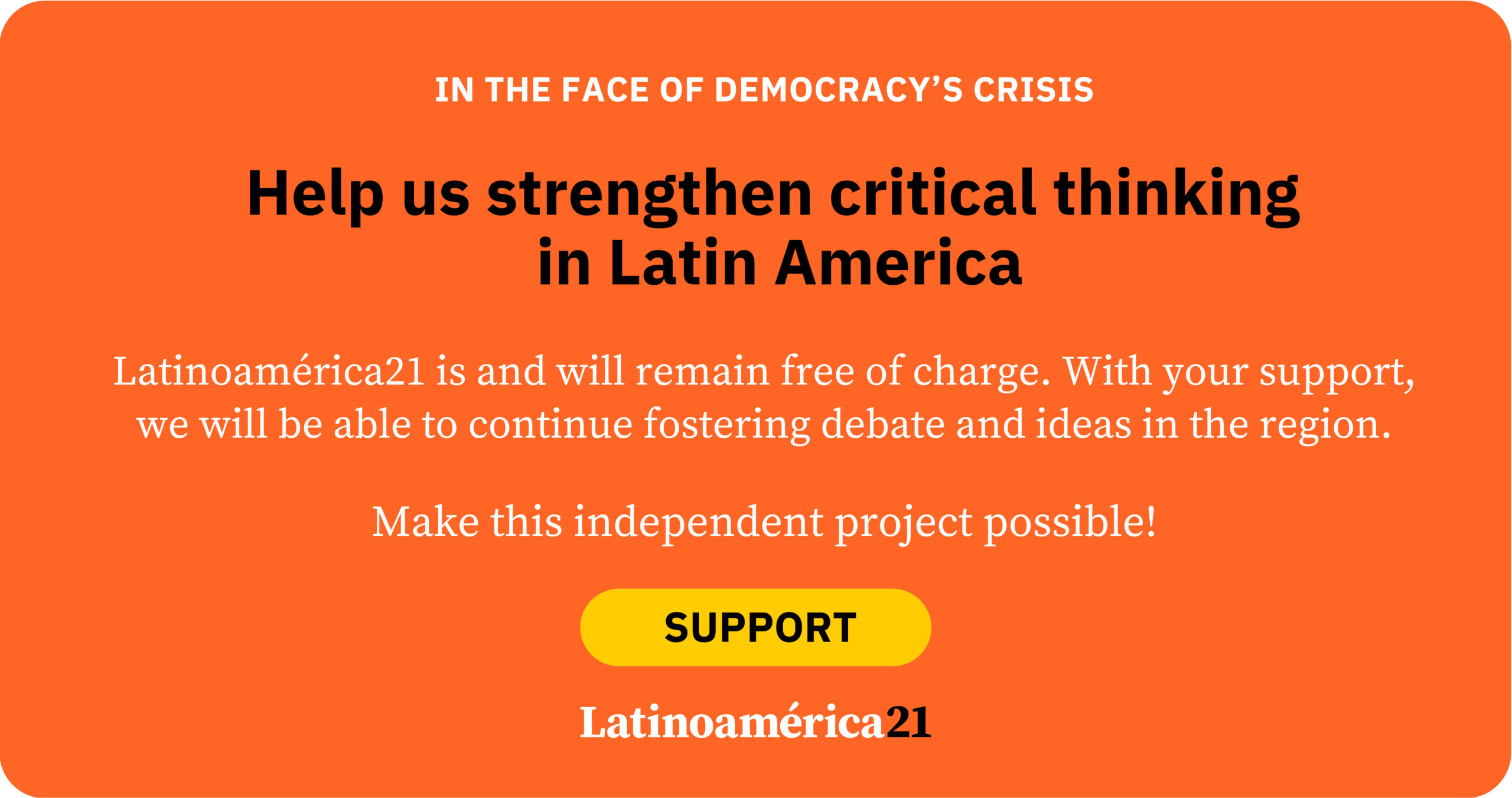Luisa works as a cashier in a grocery store. Rosa is a teacher at an elementary school. Maribel has been a nurse for ten years. Lucía is a housekeeper in a five-star hotel. Andrea is a receptionist at a large company, alongside Martha, the secretary. Kathy is a manicurist and her daughter Alicia cooks at a local restaurant. Clara takes care of children at a daycare center. Antonia sells flowers at the supermarket in the morning and sews clothes at a dry cleaner in the afternoon. Maricarmen works in public relations for the government while studying to become an administrator, aiming for a job at a bank.
What do all these women have in common? Yes, they are all women. And yes, they hold positions typically associated with women. These are jobs in economic sectors related to social services, retail, tourism, cosmetology. They are usually hyper feminized, poorly paid and not recognized as essential roles. These are known as pink-collar jobs.
From corporate offices to small businesses, these women sustain key sectors with their work, yet they face a hidden reality: discrimination that limits their opportunities and perpetuates deeply ingrained inequalities. In this article, I analyze what pink-collar work is, how it operates and what the causes and consequences of this phenomenon are in Latin America and I suggest actions to mitigate its negative effects on the economy.
Pink-collar discrimination
Since 1930, the classification of workers by the color of their uniforms in the workplace began to gain popularity in the United States. At that time, a distinction was made between blue-collar workers—those engaged in physical and manufacturing labor—and white-collar workers, which are those performing more administrative and professional office jobs, considered more productive, skilled and better paid.
More recently, other classifications have emerged, such as gold-collar work (highly skilled professionals like entrepreneurs and scientists), green-collar work (specialists in producing goods and services for the environment), black-collar work (dedicated to the mining and oil extraction industry, as well as illegal work) and pink-collar work (related to the service industry).
A pink-collar job is one traditionally reserved for women. The term was coined in the late 1970s by writer and social critic Louise Kapp Howe to denote women who worked as nurses, secretaries and elementary school teachers. These positions were not administrative jobs, but they were also not manual labor jobs.
They are also referred to as the “pink ghetto,” as a way to describe the limits women face in advancing their careers, as these jobs often lead to dead ends. It is an institutionalized exclusion mechanism, a form of occupational segregation, that prevents women from ascending to positions of real power in companies and pigeonholes them into roles associated with being a woman. It is a phenomenon by which female workers enter the labor market in a differentiated manner, tending to concentrate in different sectors or occupations based on their gender rather than their abilities.
Gender labor disparities in Latin America
Even though feminist efforts to overcome gender stereotypes and roles have yielded positive results and opened doors for many women to work in historically hyper-masculine spaces, the model that relegates them to service and support roles continues to be reproduced.
According to a report by the Organization for Economic Cooperation and Development (OECD), 70% of women hold jobs in the pink-collar sector, such as the food and cosmetics service industries. Specifically, the economies of Latin America exhibit significant disparities in their labor markets, hindering their productive growth by limiting the productive potential of women.
A study by the International Labour Organization (ILO), covering countries such as Brazil, Colombia, Costa Rica, Ecuador, El Salvador, Guatemala, Mexico and Uruguay, reveals that gender occupational segregation, marked by the prevalence of predominantly female or male occupations, persists at significant levels in Latin America. Gender segregation has negative effects by perpetuating stereotypes, influencing educational decisions and affecting human capital development. Additionally, it contributes to widening gender wage gaps and misaligning skills with positions, impacting labor market efficiency.
Women are overrepresented in non-commercial services in Latin America, including the care and tourism sectors, which offer low wages and high rates of informal labor. On the other hand, in the mining and energy sectors, only 2 out of every 10 employees are women.
Women in Latin America have lower-quality jobs than men, with a 16-point gap in the Inter-American Development Bank’s (IDB) Better Jobs Index: “From 2010 to 2022, the Better Jobs Index for women grew at an annual rate of 0.8%. At that pace, the index for women would take more than 47 years to reach the level of job quality and quantity that men have,” states the IDB. This situation leads to a significant reduction in the productive potential that women represent in the region.
Eliminating gender in occupations
In Latin America, several countries have designed and implemented policies to promote gender equality in the labor market and improve working conditions for women in traditionally female sectors. These include equal pay laws, the establishment of gender quotas, work-life balance measures, as well as economic empowerment programs and training for women in scientific and IT careers. They also offer counseling services, skills certification and the creation of equal conditions in fairer employment information and hiring practices.
But none of this will work if the biases that uphold the idea of pink as an identifier of women’s vocations and dedication continue to define workplace culture, as they are based on arbitrary and unjust beliefs about gender. Anything that reinforces stereotypes based on prejudice is harmful to the economy and society as a whole.
Care, health and education are essential sectors for society, but in our countries, working in them is undervalued and these jobs offer few opportunities for career advancement. The path forward, then, is more awareness and education to dismantle those biases that make it seem “natural” for a woman to engage in these types of support and assistance roles and to encourage more men to become involved in these tasks. But also to revalue these roles because they add economic value and therefore, their activities and occupational profiles can and should be better considered and remunerated.













